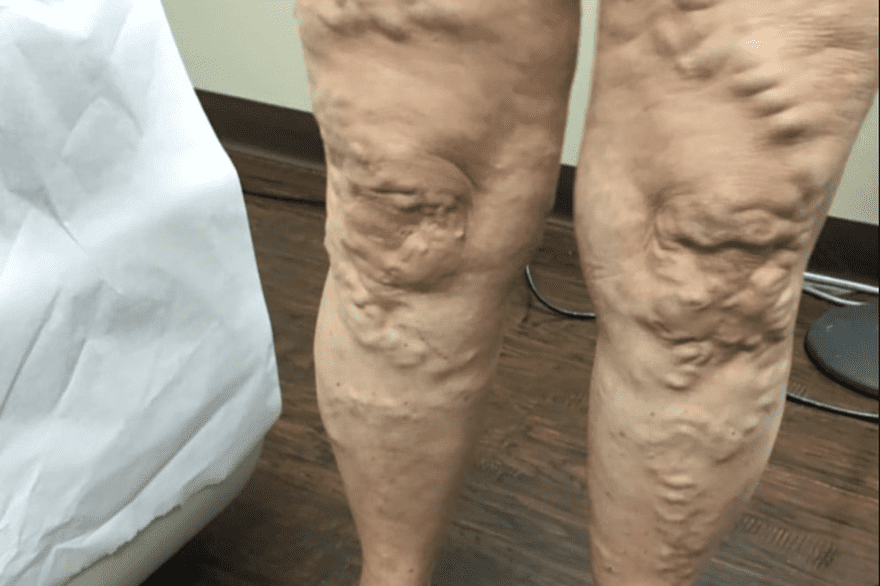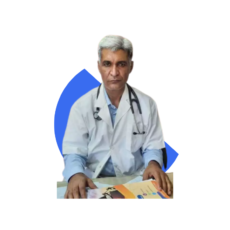
Varicose Vein – Multiple Ligation (Trendelenburg)
Lipoma, Sebaceous Cyst/ Other Lump – Excision – Multiple Ligation (Trendelenburg) – The Trendelenburg operation, also known as the Trendelenburg procedure or Trendelenburg’s operation, is a surgical technique used to treat certain medical conditions, particularly those affecting the veins or arteries in the lower extremities.
The Trendelenburg operation is commonly used in the treatment of chronic venous insufficiency, a condition where the veins in the legs are unable to efficiently return blood to the heart. This can lead to symptoms such as leg swelling, pain, and skin changes. The procedure aims to improve venous circulation and relieve symptoms by redirecting blood flow.
During the Trendelenburg operation, the surgeon typically makes a small incision in the affected leg and identifies the problematic vein. The vein is then ligated, or tied off, at specific points to block the blood flow in the faulty direction. Following this, the surgeon may remove a segment of the vein or perform additional procedures to reroute the blood flow through healthier veins. This helps to restore proper blood circulation and alleviate symptoms.
The specific details of the Trendelenburg operation can vary depending on the individual patient and the extent of the venous insufficiency being treated. It may be performed using traditional open surgery techniques or minimally invasive approaches, such as endovascular procedures using catheters and guidewires.
Syptoms:
Varicose veins are enlarged, twisted veins that typically appear on the legs and feet. They occur when the valves within the veins, which are responsible for ensuring proper blood flow towards the heart, become weakened or damaged. As a result, blood pools in the veins, causing them to stretch, bulge, and become visible beneath the skin
The signs and symptoms of varicose veins can vary but may include:
- Visible, twisted, and bulging veins that are dark purple or blue in color.
- Aching or heaviness in the legs, especially after prolonged periods of standing or sitting.
- Swelling, throbbing, or cramping in the legs.
- Itching or a rash near the affected veins.
- Discomfort worsened by warm weather or prolonged standing.
Meet Our Doctors
